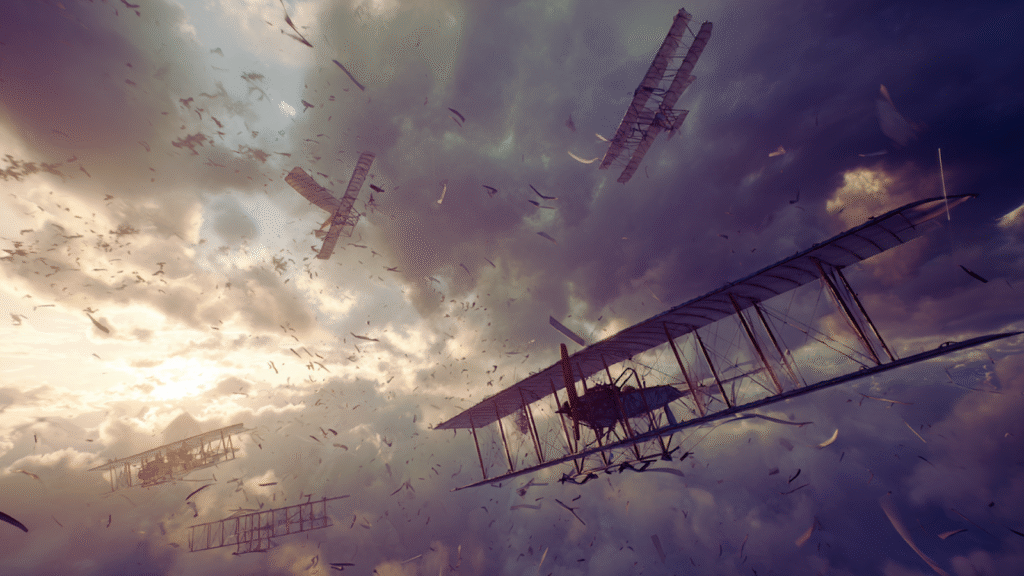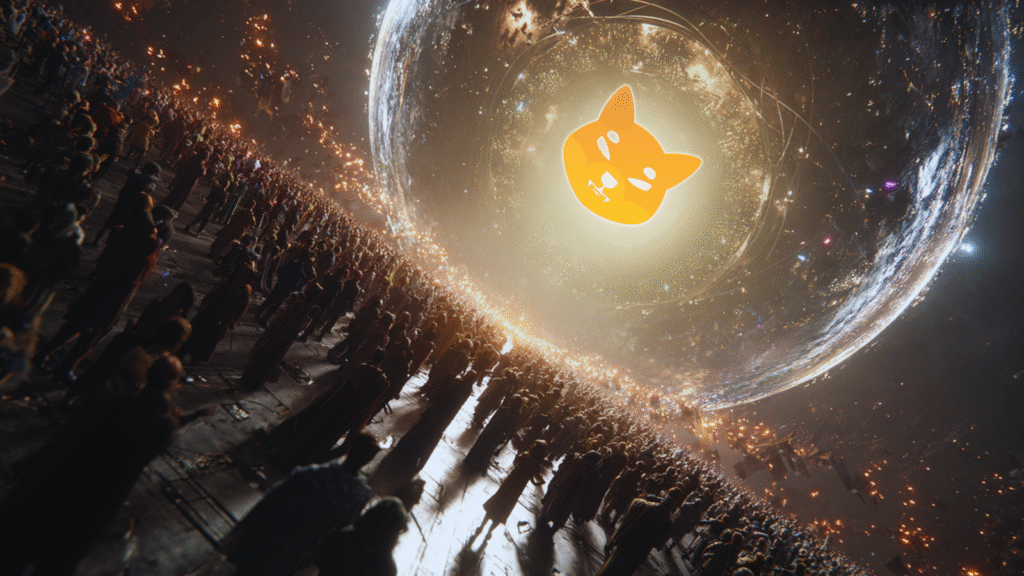
There is a liturgy to creation, and it ends, always, with a baptism by fire.
An idea can drift for months, even years, as a fragile, weightless thing — a ghost in a whitepaper, a promise whispered in a chatroom — until the day it meets resistance. Only when the flames arrive, exposing every fracture and assumption, does a project shed its innocence and become real, scarred by its own survival.
For Shibarium, that moment has arrived.
The fire doesn’t care for elegance. It has no patience for neat architectures or immutable ledgers.
It is a primal force, clarifying and merciless, hunting for weakness not just in the code but in the character of the collective behind it.
In the crucible, what burns away are the illusions. What remains — if anything — are the truths a community can stand on.
History reminds us that every great experiment faces such a reckoning. Rome after the sack of the Gauls.
Early aviators after the first wings splintered midair. Entire movements have collapsed in the wake of their first trial.
Related: New Institutional Grade Era: Painting the Cracks with Gold

And yet others, battered and scorched, emerged stronger — hardened not by theory, but by survival.
Shibarium now finds itself in that tradition.
Yes, the breach was technical, but to dwell only on its mechanics is to miss the drama. The real story is told in the hours after the smoke rose, when fear pressed hard and the possibility of collapse loomed larger than any line of stolen code.
Does a community fracture into a million panicked pieces? Or does it fuse, molten and unyielding, into something stronger?
This is the second fire — the one that doesn’t burn servers but spirits.
It rages not in block explorers, but in timelines and forums. Fear becomes a weapon.
Doubt becomes a currency. Opportunists appear, fanning the flames.
And in that noisy marketplace of rumor, each member is confronted with a choice: will you echo the chaos, or will you hold the line?
That’s the paradox at the heart of the decentralized dream.
The architecture may be leaderless, trustless, autonomous. But when fire comes, the human element decides the outcome.
Related: The Lights Are Out. The Grid Is Now Live: Navigating the Nexus
A protocol can be brilliant, a roadmap precise — but the test is whether the people who stand behind it refuse to scatter when everything is burning.
Ryoshi’s vision was never small. It asked the impossible: that a global, leaderless collective could not only build, but defend — against attackers from without, and corrosion from within. It’s a vision that cannot be proven by words alone.

It must be consecrated, violently, in trial.
A baptism is not gentle. It consumes the weak hands and fair-weather tourists.
It sears away illusions. It forces a reckoning: what do you stand for, and who do you stand with, when the fire closes in?
What is left after such an ordeal is what truly matters. A community tempered.
A leadership tested. A vision that no longer floats like a ghostly abstraction but walks heavily, scarred, into the world.
This edition is a chronicle of that passage. A record of a violent christening, of a dream dragged through fire and not undone.
Out of the blaze, something new emerges — not unmarked, but unbroken.
Stronger.
Sharper.
Ready for what comes next.
The fire has come.
And in its glow, a community rises.

Yona brings a decade of experience covering gaming, tech, and blockchain news. As one of the few women in crypto journalism, her mission is to demystify complex technical subjects for a wider audience. Her work blends professional insight with engaging narratives, aiming to educate and entertain.